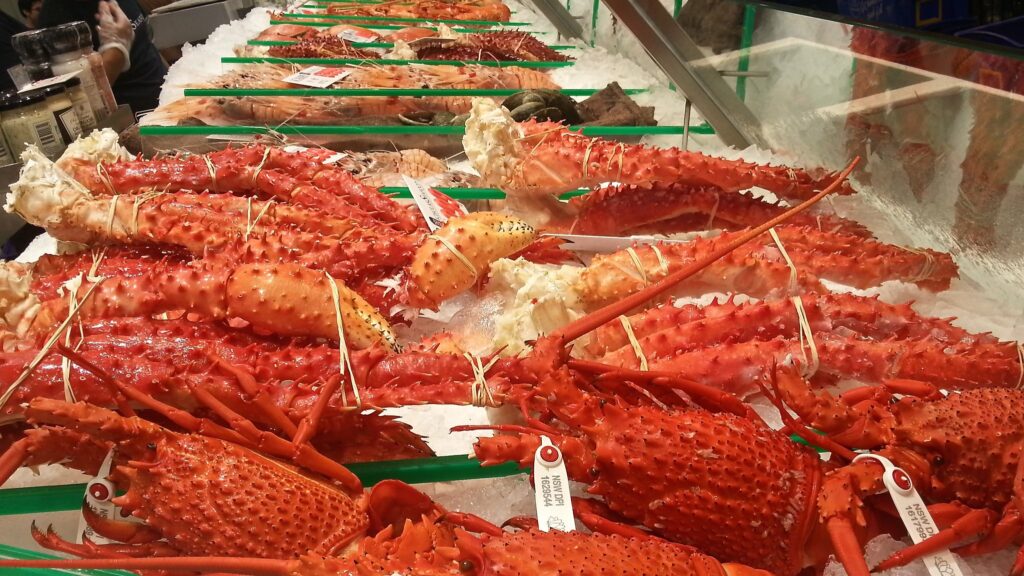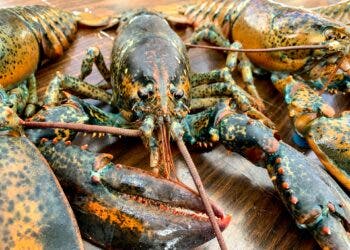We might unwittingly be eating endangered fish species as part of our diet, according to a new study which found that almost 100 endangered species that are being sold as seafood across the globe — legally. The researchers warn that the problem could be even greater than we believe, and called to keep endangered species off the menu.

A team from the University of Queensland looked at records between 2006 and 2014 and found 92 endangered and 11 critically endangered species of seafood where caught and sold, 13 of them internationally. When sold, they aren’t required to be labeled according to species, so consumers don’t know what they are eating.
While the numbers are worrying, they are only a snapshot of the real problem, the researchers warned. In the study, they only looked at reported catch and imports and didn’t look into illegal and unreported fishing. They also excluded groups of fish such as rays or sharks, a popular meal in Australia, Europe, and Asia.
“Species that aren’t cute like whales or sea turtles often don’t end up getting the protection they deserve,” first author Leslie Roberson told ScienceAlert. “Despite national and international commitments to protect threatened species, we actively fish for many of these threatened species.”
The expansion of seafood
Seafood is an important source of protein for billions of people globally, with over 80 million tons of marine animals taken from the ocean annually for consumption. Fishing is the primary driver of declines in marine biodiversity. One-third of fished stocks are exploited at biologically unsustainable levels.
Some populations of threatened fish and invertebrates are closely monitored using fisheries stock assessments. Nevertheless, they are treated differently than other wild animals and are allowed to be caught in industrial fisheries, regardless of the species’ global conservation status.
“While we have yet to fish a widely abundant marine fish or invertebrate species to extinction, we have fished populations or stocks to local or functional extinctions, such as totoaba in Mexico, sturgeons in Europe, and white abalone in California. Many stock collapses have been small, short-lived species, proving that slow-growing and long-lived animals are not the only ones at risk,” the researchers wrote.
The study found European countries play a central role in driving the exploitation of threatened fish and invertebrates. Nevertheless, developed countries with greater monitoring and management capacity tend to have higher resolution catch and import records, which likely leads to more records of threatened species.
Solutions ahead
There are some ways to untangle the mess we’re creating in the world’s oceans, the researchers argued. Consumers should be able to purchase seafood from a well-managed stock that is secure on a global scale. But this would require changing the structure of the seafood supply chain, as its currently very difficult to make informed purchases.
At the same time, the traceability of species across the seafood supply should be improved. The researchers argued it’s possible and cost-effective to identify an animal and trace it to the consumer using emerging technologies such as electronic monitoring, DNA testing, code tags, blockchain, data mining, and artificial intelligence.
“Efforts to preserve marine biodiversity and maintain viable ecosystems will fail if we focus only on charismatic species or individual stocks. We need to treat fish and invertebrates as wild marine animals as well as seafood commodities, better align conservation assessments and fisheries management frameworks, and reduce fishing pressure that is pushing species towards extinction,” the study concluded.
The study was published in the journal Nature Communications.





